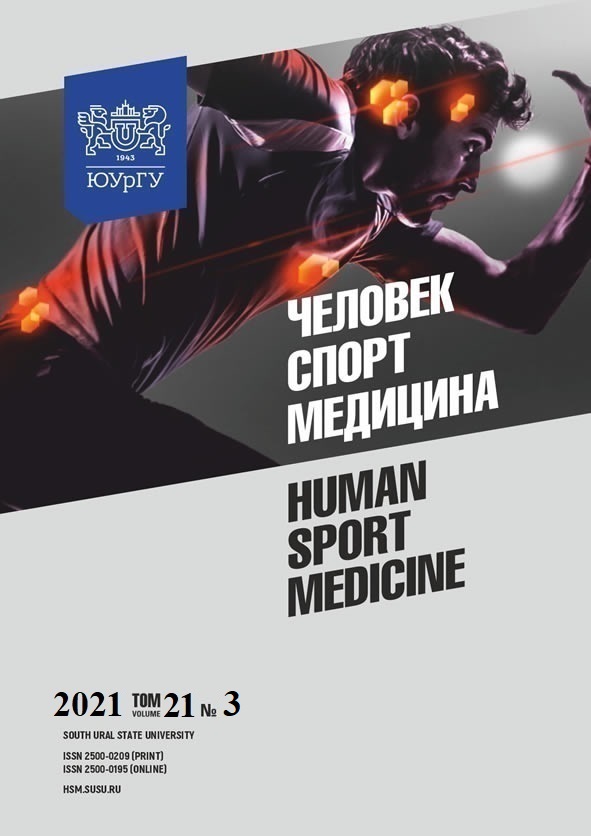SPORTS TALENT SEARCH: GENES VERSUS MOTOR TESTS
Abstract
Aim. The aim of this study was to explain the role of physical fitness testing and genetic analysis in identifying sports talents. Materials and Methods. The research sample included 169 pupils (97 male; mean age = 7.438 y. and 72 female; mean age = 7.227 y.) attending 3 elementary schools in the region of Nitra, Slovakia. All pupils underwent 9 physical tests to determine their general physical abilities. Each performance of pupils in tests was allotted points. Subsequently, 30 pupils with the highest points were selected to undergo 2ml saliva sampling (GeneFix Saliva Collectors) for genetic analysis. Samples were analyzed using the HiScan (Illumina inc, San Diego, USA) apparatus, which allowed for analyzing 400 000 polymorphisms in a human gene. The values of individual genetic score are compared with histogram of genetic score distribution in European population. Softwares Genomestudio (Illumina inc, San Diego, USA) and TANAGRA 1.4.50 were used for data analysis. Results. Based on the analysis we offered parents and coaches comprehensive information about children´s prerequisites for certain type of sports, particularly anaerobic capacity, motivation for sports, muscle pain sensitivity, and type of energy metabolism. Conclusion. Results of the genetic analysis and measurement of motor abilities of selected children aged 7–8 years suggest that genetic testing of young athletes offers a suitable method of identifying performance prerequisites just before their development. Genetic tests can inform trainers and athletes on the type of physical activity (endurance or speed) suitable for the given individual. The results of fitness tests can provide them only with partial information on the momentary state of fitness of children. Genetic analysis may be considered a suitable and practical alternative for fitness-oriented testing of population.
References
References on translit
Copyright (c) 2021 Human. Sport. Medicine

This work is licensed under a Creative Commons Attribution-NonCommercial-NoDerivatives 4.0 International License.















